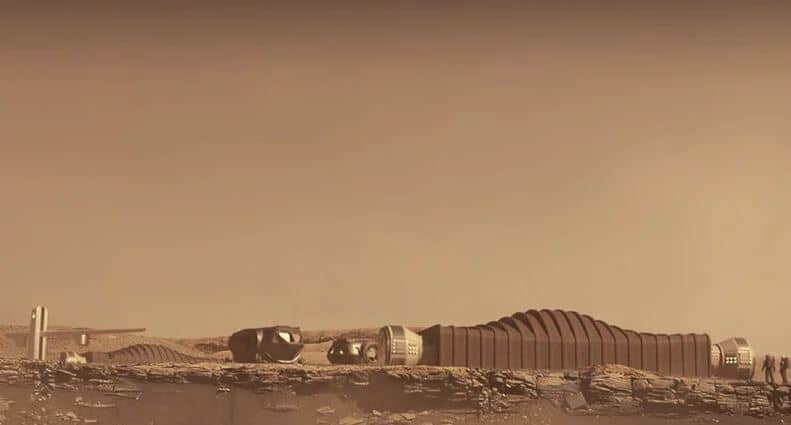3D-printed habitat, known as mars dune alpha, at NASA’s johnson space center
Inspired by the 2015 hollywood movie ‘the martian’, ICON announces its awarded subcontract to deliver a 3D-printed habitat, known as mars dune alpha, at NASA’s johnson space center. The team will support the NASA space technology mission directorate (STMD) as part of NASA’s ‘the crew health and performance exploration analog’ (CHAPEA). ICON’s next-gen ‘vulcan’ construction system will fabricate a 1,700 square-foot structure designed by bjarke ingels group (BIG). the work will simulate a realistic mars habitat to support long-duration, exploration-class space missions.
until september 17, 2021, NASA was recruiting participants for a year-long simulated mars mission inside the 3D-printed habitat at the johnson space center in texas. at the first one-year analog mission that starts in fall 2022, a simulated life on mars is bound to help astronauts understand the challenges they’ll face when they’re actually there. four crew members will carry out tasks such as simulated spacewalks, scientific research, and the use of VR. the participants will also face resource limitations, equipment failure, communication delays, and other environmental stressors. there will be a total of three of these analog missions.
grace douglas, lead scientist for NASA’s advanced food technology research effort said, ‘the analog is critical for testing solutions to meet the complex needs of living on the martian surface. simulations on earth will help us understand and counter the physical and mental challenges astronauts will face before they go.’
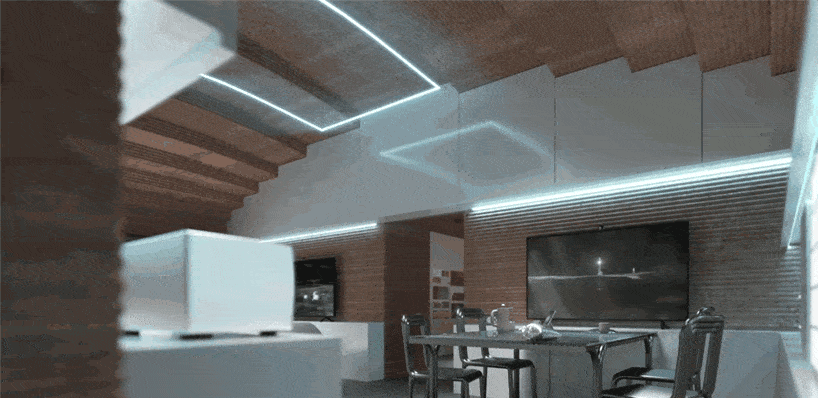
ICON 3D prints the bjarke ingels group (BIG)-designed ‘mars dune alpha’ habitat for NASA’s CHAPEA — a sequence of three one-year mars surface mission simulations at the NASA johnson space center in houston, texas. the analog missions will provide valuable insights and information to assess NASA’s space food system, as well as physical and behavioral health and performance outcomes for future space missions. NASA will use research from the ‘mars dune alpha’ simulations to inform risk and resource trades to support crew health and performance for future missions to mars when astronauts would live and work on mars for long periods of time.
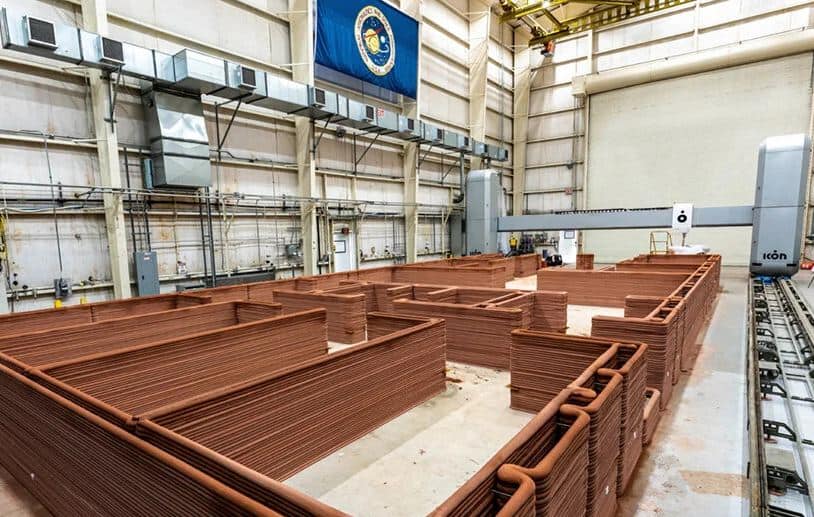 3D printing is the preferred technology for construction as not much building material is required
3D printing is the preferred technology for construction as not much building material is required
life in ICON’s mars dune alpha will resemble the expected experience for those living in a future mars surface habitat. designed by BIG-bjarke ingels group, the layout of the innovative structure is organized in a gradient of privacy. four private crew quarters will be located on one end of the habitat; dedicated workstations, medical stations and food-growing stations are located on the opposite end, with shared living spaces found in between. varying ceiling heights vertically segmented by an arching shell structure accentuate the unique experience of each area to avoid spatial monotony and crew member fatigue.
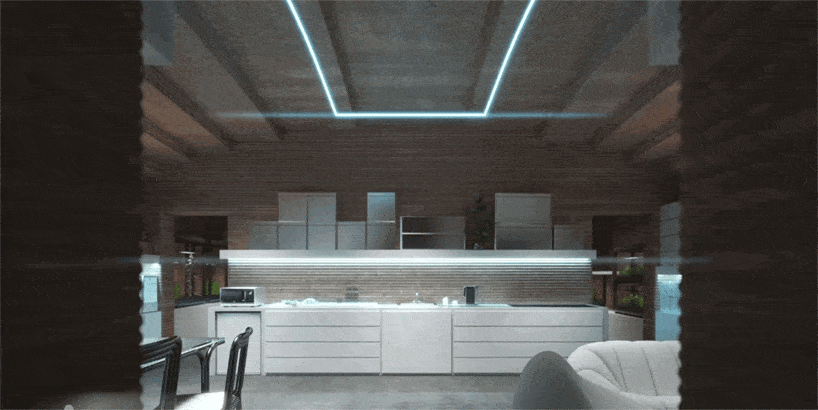
jason ballard, co-founder and CEO of ICON comments: ‘this is the highest-fidelity simulated habitat ever constructed by humans. mars dune alpha is intended to serve a very specific purpose — to prepare humans to live on another planet. we wanted to develop the most faithful analog possible to aid in humanity’s dream to expand into the stars. 3D printing the habitat has further illustrated to us that construction-scale 3D printing is an essential part of humanity’s toolkit on earth and to go to the moon and mars to stay.‘
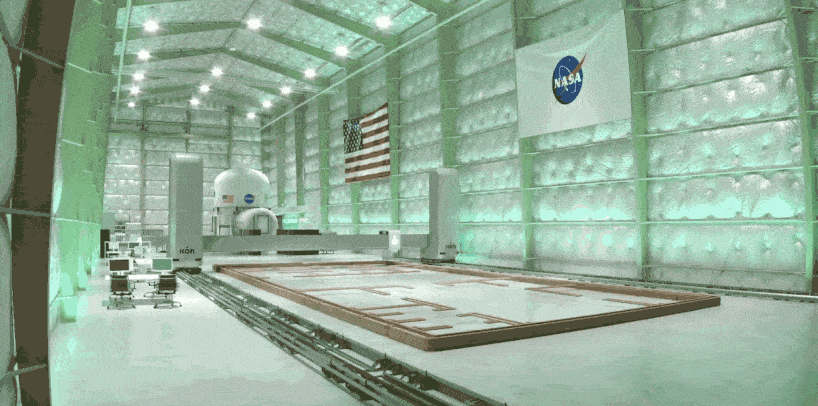
bjarke ingels continues: ‘together with NASA and ICON, we are investigating what humanity’s home on another planet will entail from the human experience. the data gained from this habitat research will directly inform NASA’s standards for long-duration exploration missions, and as such will potentially lay the foundation for a new martian vernacular. mars dune alpha will take us one step closer to becoming a multiplanetary species.’
![]() mars dune alpha is currently under construction at the johnson space center
mars dune alpha is currently under construction at the johnson space center
![]() the data gained from this habitat research will directly inform NASA’s standards for long-duration exploration missions
the data gained from this habitat research will directly inform NASA’s standards for long-duration exploration missions
dedicated workstations, medical stations and food-growing stations are located on the opposite end, with shared living spaces found in between

